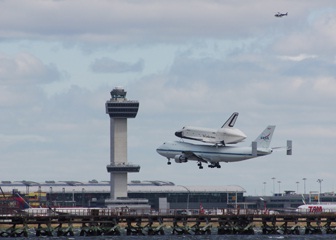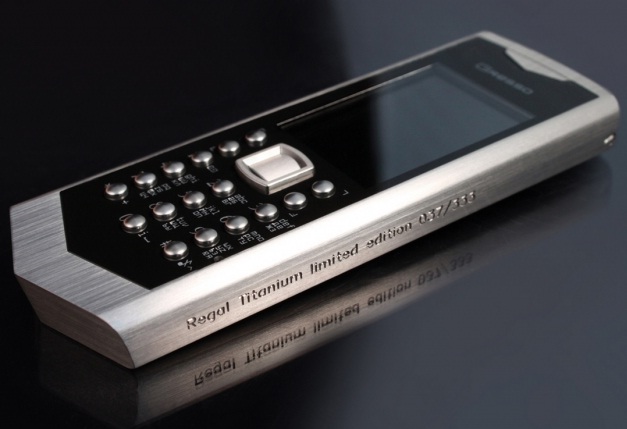What is it?
ATC is where people on the ‘ground’, in a control tower, guide, direct and monitor planes travelling through what is known as controlled airspace. Controlled airspace in the UK is split up into a large network of airways which tend to be approximately 10 miles wide and positioned somewhere between 5,000 to 24,000 feet high.
Planes flying in controlled airspace are basically managed by air traffic controllers who provide the pilots with a specific flight plan. Those working in the ATC tower’s whole purpose is to coordinate aircraft movements safely and smoothly; managing planes through take-offs, landings, traffic and bad weather.
How does ATC Prevent Collisions?
The regulations of ATC ensure that aircrafts must follow strict traffic separation rules. These rules help to keep a minimum amount of empty space around each individual plane at all times. If at any point aircrafts become too close to one another, those monitoring the planes will alert the pilots and prevent them from encroaching on each other’s space any further.
How do the Air Traffic Controllers Monitor the Planes?
In ATC towers, the controllers have a range of highly sensitive surveillance systems. These systems operate with surveillance radar technology which shows air traffic controllers which planes are approaching and which are departing, as well as any unexpected incoming and outgoing traffic.
These detailed radar systems display a map of the area and the exact position of each aircraft in the direct vicinity. Also included is what is known as data tags. These show the controllers what the speed and altitude of each plane is, as well as actually providing the identification of the plane itself too.
How do the Air Traffic Controllers and Pilots Communicate?
The pilots and controllers in the control tower communicate through radiotelephone systems. They are taught good Radiotelephony (RT) discipline to ensure communication is as clear as possible, making life as safe as possible. Examples of good RT discipline are detailed below:
– Use standard terminology whenever possible in order to avoid any misunderstandings or mistakes being made.
– Always try to keep communications as clear and concise as possible.
– Never speak before you think. This will ensure communications are not too long and rambling.
– Always try to use plain English in unfamiliar or emergency circumstances. ?
As for the job itself…
Being an air traffic controller is probably one of the most stressful jobs in the world. Despite this, thousands of people apply, train and do the job each year. The controllers often work unsociable hours and sometimes have to deal with actual life or death situations. In fact, you could argue they are dealing with life or death every day they go to work. Without them and their communications between aircrafts, on the ground and in the air, flying would be extremely unsafe.
Air traffic controllers need to be calm and collected and have super speedy reactions which will help them deal with emergency situations quickly, efficiently and not to forget, safely. They have a lot of high-tech equipment to help them; sometimes, they even have a mobile control room. But without a doubt, the job itself requires a great deal of skill and ability and no flights would be able to take off or land without them working hard in their tower.



